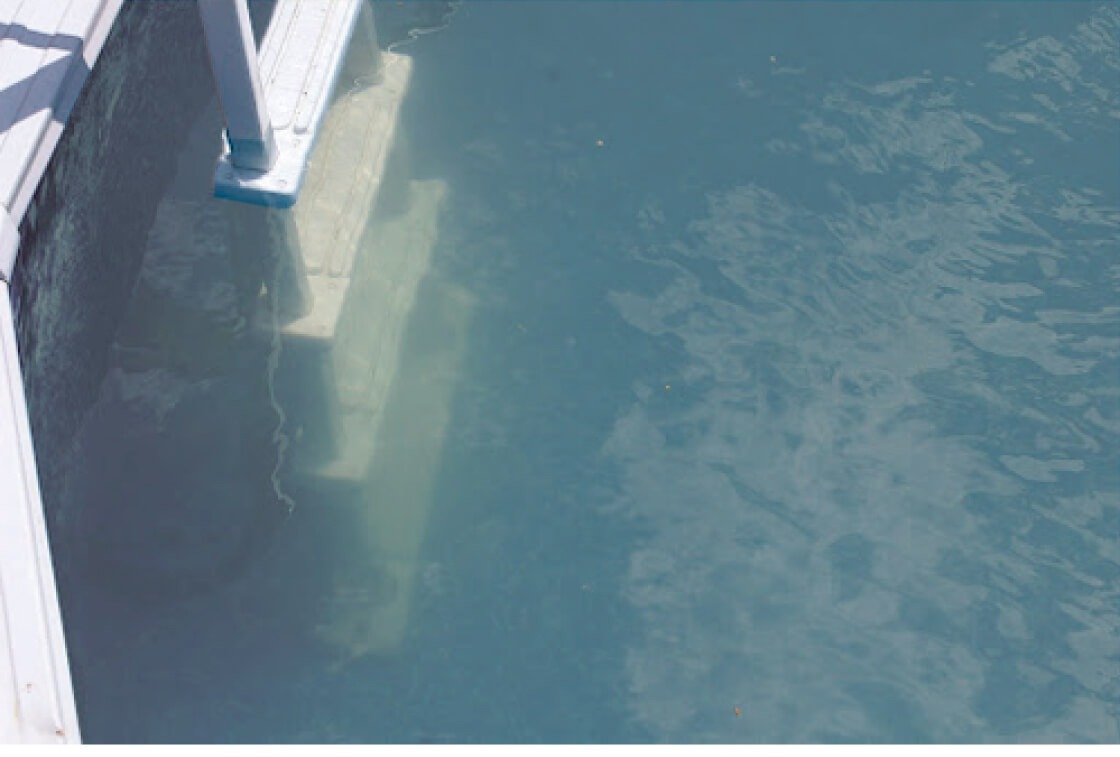Cloudy pool water is a common issue that can detract from the enjoyment and safety of swimming. When pool water becomes cloudy, it indicates the presence of suspended particles or algae growth, which can pose risks to swimmers. In this article, we will explore the causes of cloudy pool water, what can be done to resolve this problem, and the potential risks associated with swimming in cloudy water.
Understanding cloudy pool water
Cloudy pool water refers to water that appears turbid or hazy, making it difficult to see the bottom of the pool clearly. This condition can occur due to several reasons:
- Suspended particles: The most common cause of cloudy pool water is the presence of suspended particles such as dirt, dust, pollen, and organic debris. These particles can enter the pool from external sources like wind, rain, or swimmers, or they can result from inadequate filtration and circulation.
- Algae growth: Algae are microscopic organisms that can thrive in pool water when the conditions are favorable, such as inadequate sanitation, imbalanced water chemistry, or insufficient circulation. Algae blooms can cause the water to turn greenish or cloudy.
- High pH or alkalinity: Imbalanced pH levels or alkalinity can lead to cloudy water. When pH levels are too high, it can cause calcium carbonate to precipitate out of the water, creating cloudiness. Similarly, high alkalinity levels can contribute to cloudy water by affecting the overall water balance.
- Insufficient filtration: If the pool filter is not functioning properly or is undersized for the pool’s volume, it may not effectively remove debris and particles from the water, leading to cloudiness.
Resolving cloudy pool water
To address cloudy pool water and restore water clarity, follow these steps:
- Check and adjust water chemistry: Use a pool water testing kit to check the pH, alkalinity, and sanitizer levels (chlorine or bromine). Adjust these levels as needed to maintain proper water balance. Typically, pH should be between 7.4 and 7.6, alkalinity between 80-120 ppm, and free chlorine between 1-3 ppm.
- Shock the pool: If algae growth is suspected or if the water appears greenish, shock the pool by adding a high dose of chlorine or non-chlorine shock treatment. Follow manufacturer instructions and allow time for the shock treatment to circulate and disinfect the water.
- Enhance filtration: Run the pool filter continuously until the water clears. Clean or backwash the filter as recommended by the manufacturer to ensure optimal filtration efficiency.
- Clarify the water: Use a pool clarifier or flocculant to help coagulate small particles into larger clumps that can be easily filtered out. Follow the product instructions and allow time for the clarifier to work before vacuuming or backwashing the pool.
- Brush and vacuum: Brush the pool walls and floor to loosen any debris clinging to surfaces, then vacuum the pool to remove sediment and particles that contribute to cloudiness.
- Maintain regular maintenance: Keep up with regular pool maintenance tasks such as skimming the surface for debris, cleaning skimmer baskets, and maintaining proper water circulation to prevent future cloudiness.

Potential risks of swimming in cloudy water
Swimming in cloudy pool water can pose several risks to swimmers:
- Reduced visibility: Cloudy water reduces visibility underwater, increasing the risk of accidents such as collisions or injuries from bumping into pool walls or other swimmers.
- Skin and eye irritation: Suspended particles and imbalanced water chemistry can cause skin irritation, dryness, or redness. Swimmers may also experience eye irritation or discomfort due to exposure to contaminants or high chlorine levels.
- Microbial growth: Cloudy water may indicate the presence of bacteria, viruses, or other pathogens that can cause recreational water illnesses (RWIs) such as gastrointestinal infections, respiratory issues, or skin infections.
- Slippery surfaces: Poor water clarity can mask slippery surfaces on pool steps, ladders, or diving boards, increasing the risk of slips and falls.
- Respiratory issues: Inhaling airborne particles or contaminants present in cloudy water can potentially lead to respiratory irritation or infections, especially for individuals with sensitive respiratory systems.
Ensuring safe and enjoyable swimming
To ensure safe and enjoyable swimming experiences, it is essential to maintain proper pool maintenance practices and address cloudy water promptly. Regularly test and balance water chemistry, maintain adequate filtration and circulation, and promptly address any signs of cloudiness or water quality issues. By taking these proactive measures, you can help create a clean, clear, and inviting swimming environment for yourself and your guests.
In conclusion, cloudy pool water is a common issue caused by suspended particles, algae growth, or imbalanced water chemistry. Promptly addressing the causes of cloudiness through proper water testing, treatment, filtration, and maintenance can restore water clarity and mitigate potential risks associated with swimming in cloudy water. By maintaining a proactive approach to pool care, you can ensure a safe and enjoyable swimming experience for all users.
Visit: Gelled water.

